Description
The Colt Bisley was introduced in 1894 as a target pistol. The name Bisley came from the famous firing range in Bisley, England. The Colt Bisley can be distinguished by the longer grip, the wider hammer spur, and the wider trigger. The distinguishing feature of the Bisley Target Model is the topstrap, which is flat and fitted with a sliding rear sight, adjustable for windage only. The front sight is a removable blade, which fits into the slotted base attached to the barrel. The revolvers were supplied with different blades for elevation.
The Bisley mainspring is longer than the SAA mainspring, and the two are not interchangeable; it is attached to the hammer with a stirrup via a forked upper end. The serial numbers are stamped on the frame, the backstrap and the trigger-guard at the end of production, with tiny dies.
Bisley’s were serial-numbered in the range of 156300–331916, in the same sequence as the Single Action Army. All Bisley’s after No. 161,376 had “BISLEY MODEL” with the caliber stamped on the left side of the barrel, which is rare for older Colt revolvers. The most common calibers were .32-20, .38-40, .45 Colt, .44-40, .41 Colt, and the British calibers .450 Eley and .455 Eley. A total number of 44,350 were manufactured. Production of the Bisley was terminated in 1912, but serial No. 331916 was shipped after the First World War. Most Bisley Standard Model Revolvers shipped to a United States address were not used for target shooting, but for self-defense, because the grip and hammer were ideal for fast shooting.
Surveys of existing Bisley show that a much larger number of 4+3⁄4 in (12 cm) Bisley’s, perhaps as high as 62%, have survived as compared to the 5+1⁄2” and 7+1⁄2” barreled guns. Considering the majority of Bisley’s were made in .32/20 and .38/40, some 60%, it appears that the market for SAAs was changing. The late 1890s with increased urbanization in the West suggests the possibility that many of these pistols were companions to the lever-action rifles of the same period and that the low-slung hammer, less humped backstrap, and short barrel may have suited the city-dwelling suit-coat-wearing clientele who still found themselves outdoors not only on horses but in buggies and automobiles. The need for man-stopping bullets was decreasing in urbanized environments, although in semi-urban areas, a pistol like the Bisley would be suitable for discouraging both four-legged and two-legged “varmints” while also suitable for collecting supper along the road. The Bisley may mark a movement to a more civilized West.


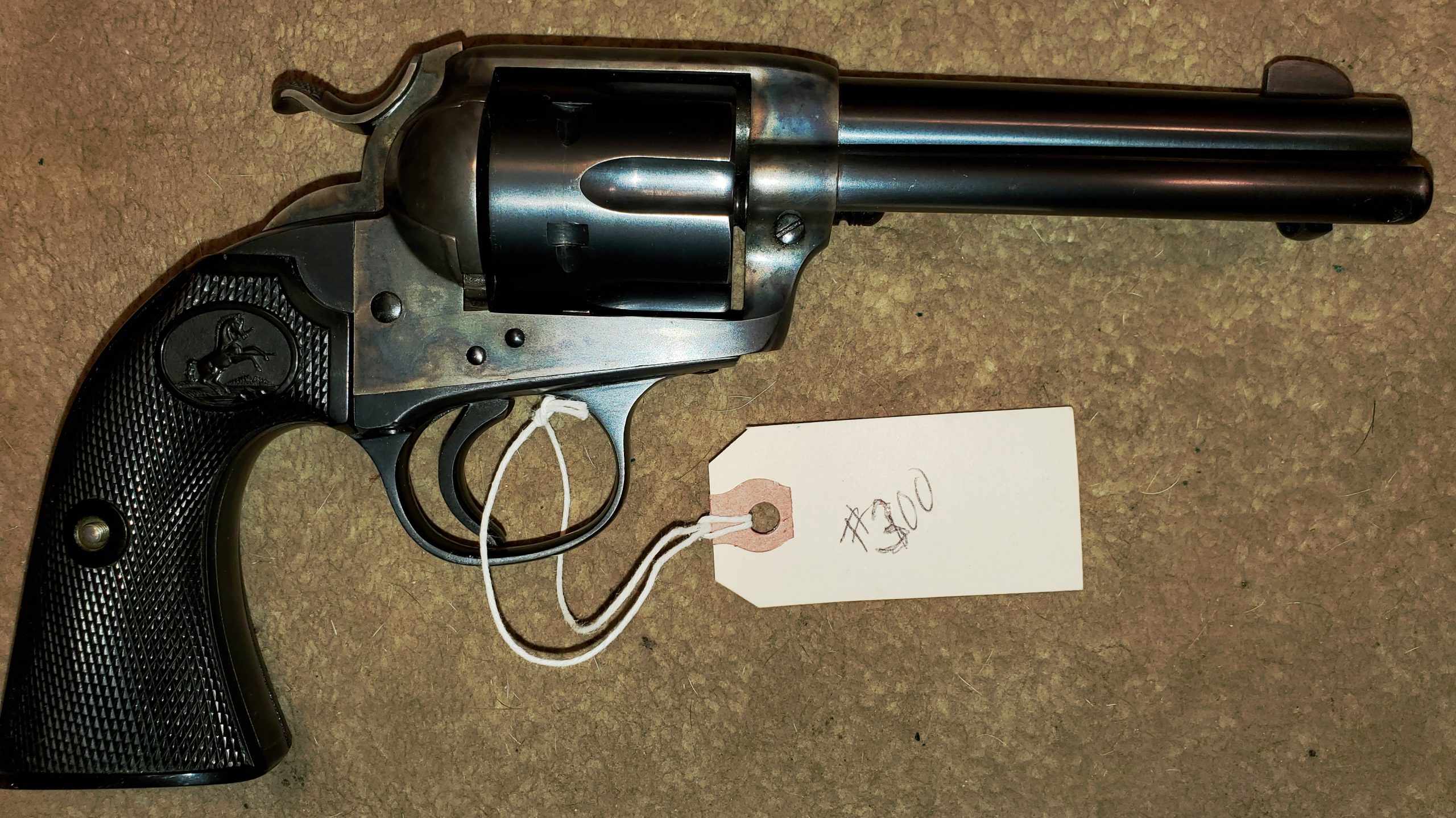


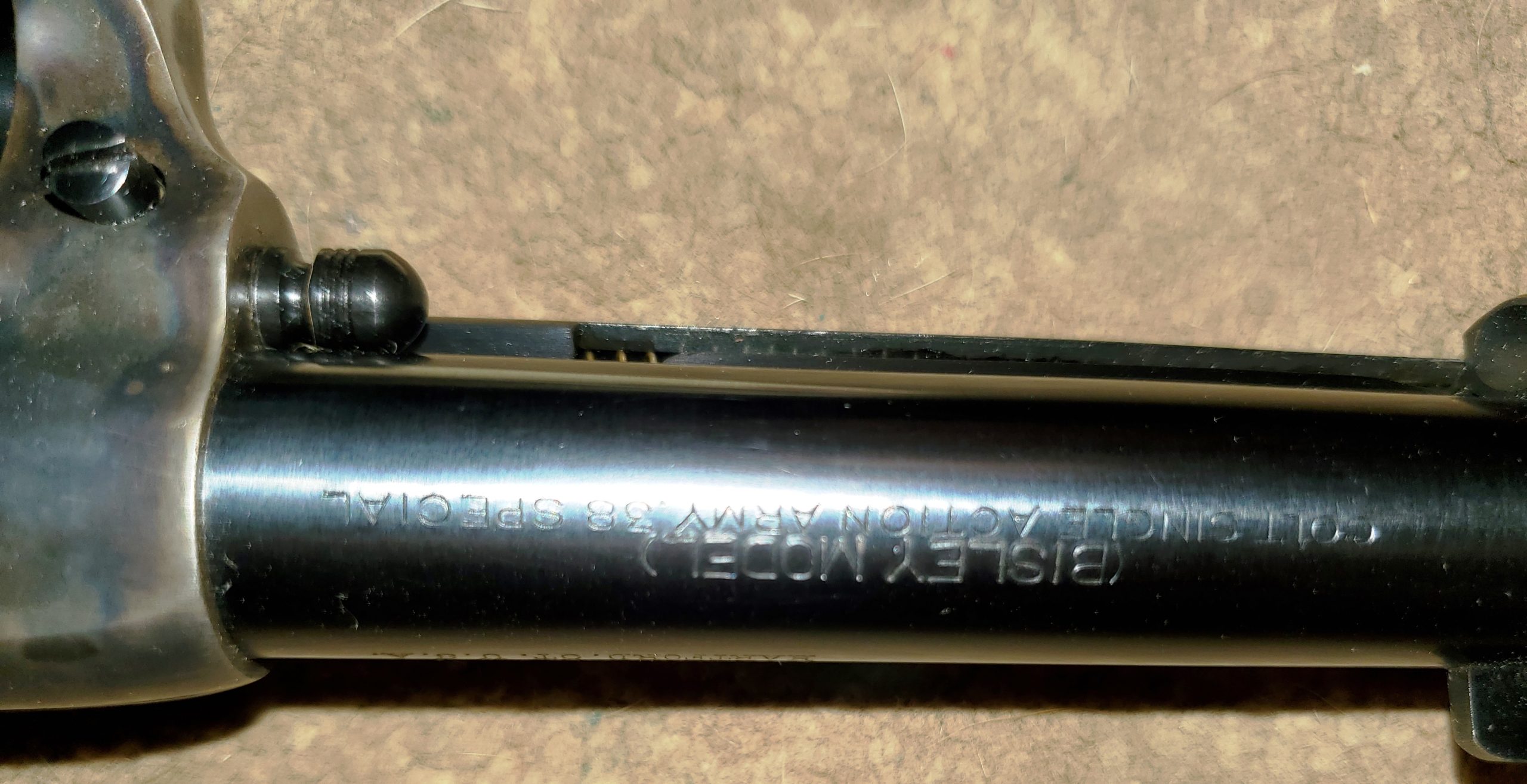

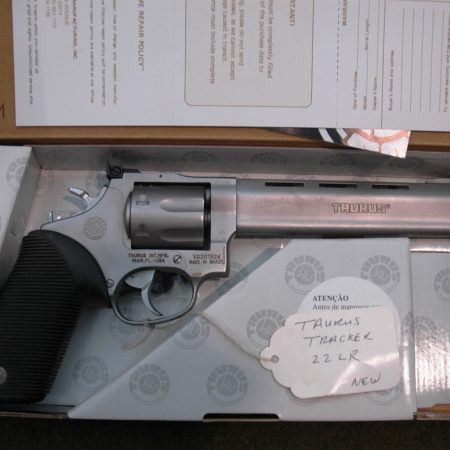
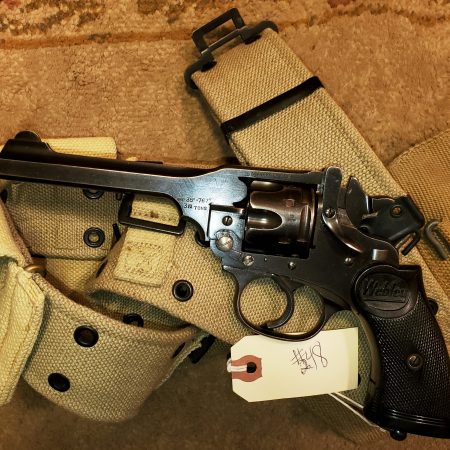
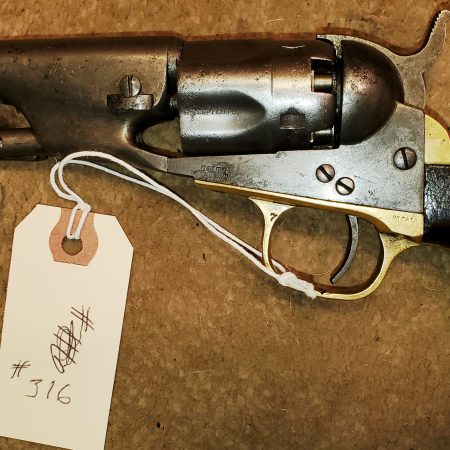
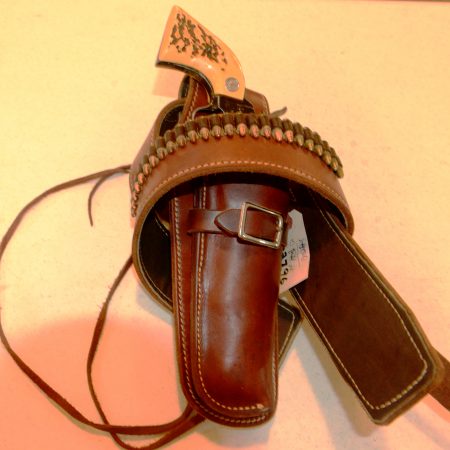
Reviews
There are no reviews yet.